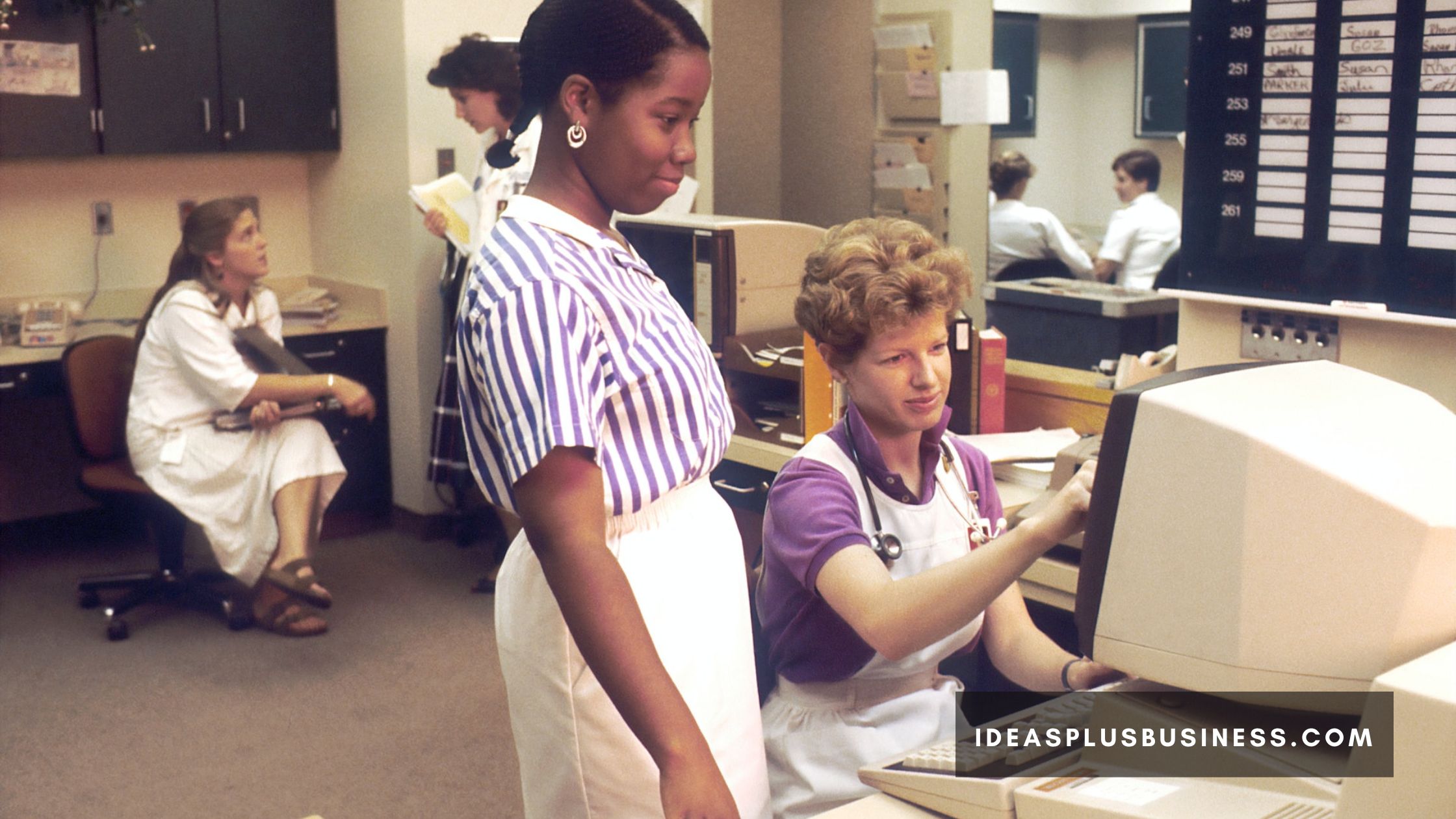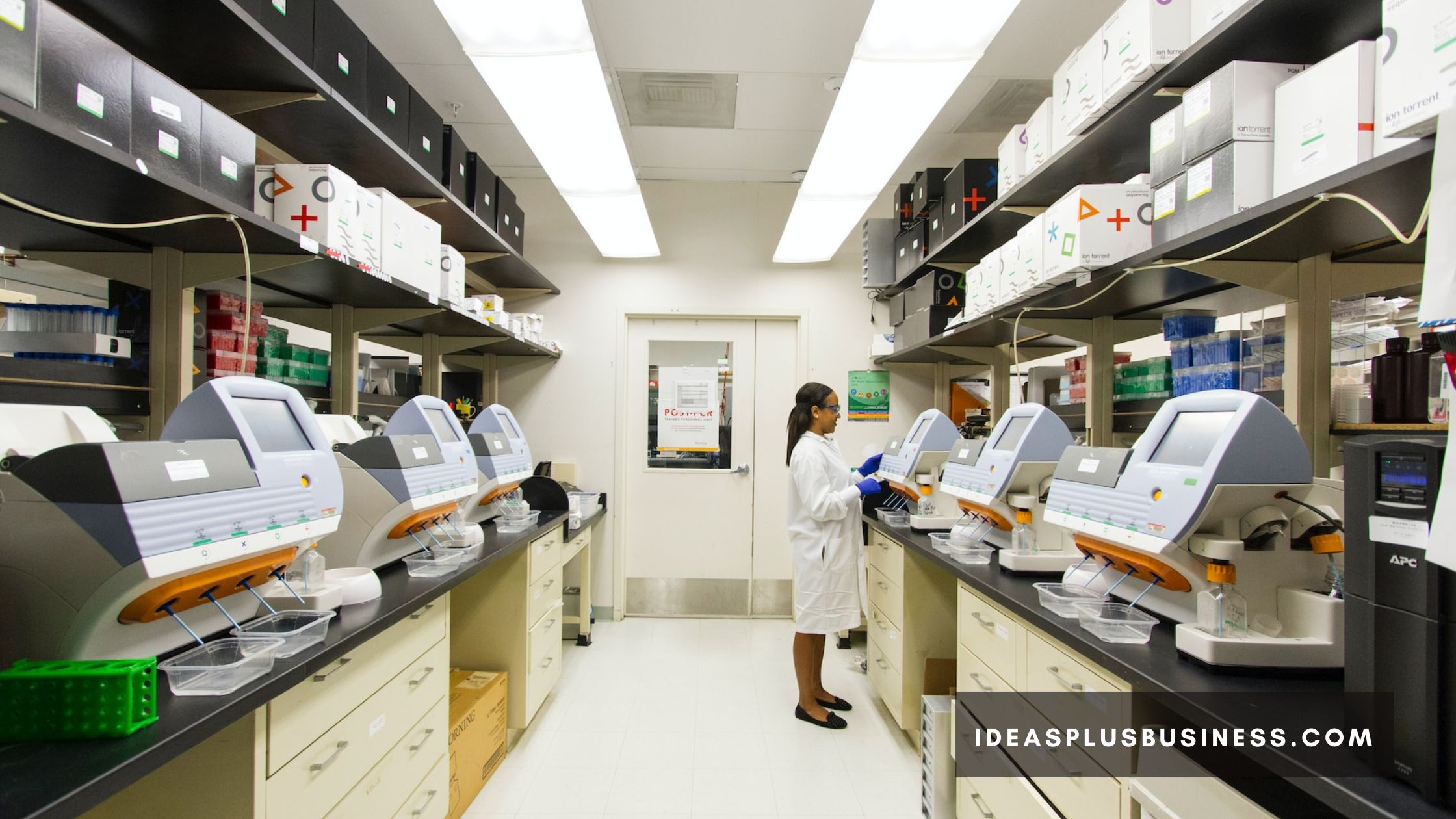In asset-intensive operations such as healthcare, the absence of proper asset management can lead to various risks, including compromised patient care and operational inefficiencies.
Relying on outdated healthcare facility management systems and spreadsheets for equipment oversight proves counterproductive in the long run. However, the strategic implementation of dedicated asset management systems can provide an optimal solution.
These healthcare facility management systems offer enhanced visibility into assets, enabling medical facilities to assess risks, reduce costs, and optimize equipment utilization effectively.
Amidst the extensive benefits of dedicated asset management systems, five advantages stand out: improved risk assessment, streamlined costs, enhanced equipment utilization, informed decision-making, and ultimately, elevated quality of patient care.
Benefits of Healthcare Facility Management Software
The following benefits of healthcare facility management software can be the transformative force your institution needs to thrive in modern healthcare:
1. Streamlined Administrative Responsibilities
By implementing building management software, healthcare facilities can significantly enhance administrative efficiency through automation. Tasks such as scheduling, resource allocation, and inventory management can be automated, leading to increased operational efficiency.
For instance, an asset management system can generate reports highlighting assets that are due for maintenance or replacement, facilitating future purchasing decisions and minimizing service disruptions.
Moreover, a hospital asset management solution streamlines various processes within the facility by automating and integrating different systems. It enables efficient management and monitoring of patients, staff, equipment, and resources. The system’s dashboard provides a comprehensive view of the hospital’s operations, enabling the identification of issues and potential areas for improvement.
Improved communication is another advantage offered by a hospital asset management system. For instance, when a patient is ready for discharge, the system can alert the relevant staff members and ensure that all necessary paperwork is completed promptly.
By reducing administrative burdens, the system saves time and improves overall operational efficiency.

2. Enhanced Coordination for Superior Patient Care
The primary objective of any healthcare operation is to provide exceptional patient care.
However, healthcare professionals often get overwhelmed with other tasks such as locating missing assets or dealing with unexpected equipment maintenance. These issues directly impact patient care, leading to prolonged waiting times and inadequate bed availability.
Asset visibility plays a vital role in avoiding such issues. By employing asset-tracking technologies and a dedicated asset management system, healthcare facilities can ensure that assets are in the right place at the right time. This enables patients, doctors, and nurses to access the necessary equipment when needed, improving overall patient care.
A dedicated asset management system also facilitates efficient medical inventory tracking. This allows healthcare facilities to maintain a detailed asset register that includes data on quantity and costs. Consequently, manual stocktaking is reduced, enabling staff to dedicate more time to patient care.
3. Long-Term Cost Reductions
Asset management systems are well-known for their ability to reduce expenditures, including operating costs, repair costs, and losses associated with misplaced items. Such tools also aid accountancy teams in analyzing data and improving budgeting forecasts.
Detailed maintenance planning, facilitated by asset management systems, allows for effective coordination of work orders and inventory. This coordination leads to cost savings through economies of scale and bulk purchasing opportunities.
Furthermore, asset loss prevention can result in significant cost reductions. Some healthcare asset management systems provide asset theft alerts, reducing the risk of theft and the need for asset replacement.
4. Ensuring Regulatory Compliance
Healthcare facilities are subject to strict regulatory standards and compliance requirements. Non-compliance can lead to strict action from concerned authorities, including legal actions and damage to reputation.
ERP software plays a crucial role in ensuring compliance by automating documentation, tracking changes in regulations, and facilitating audit trails. This not only reduces the risk of errors but also provides a comprehensive record of compliance efforts.
5. Valuable Insights through Healthcare Asset Management Reports
Asset management systems provide the capability to analyze, monitor, and report on healthcare assets. Focusing on compliance and asset reporting enables better tracking of equipment data, leading to informed decisions regarding asset lifecycles, maintenance, and adherence to regulations.
For healthcare facilities still relying on whiteboards or notepads for asset reporting, it is essential to recognize that the accuracy of the information is only as good as what is recorded.

6. Real-Time Data Access
In the healthcare sector, where precision and promptness intertwine, the significance of real-time data access cannot be overstated.
Hospital software stands as a unifying managerial solution, seamlessly interconnecting doctors, administrative personnel, and the entire cadre of employees vested in the institution’s seamless functioning. The cardinal advantage lies in the synchronous and instantaneous availability of data to all stakeholders, transcending temporal and spatial barriers.
This cohesive accessibility equips each individual with the ability to glean insights, interpret trends, and extract actionable intelligence from a dynamic digital repository.
7. Streamlining Inventory Management
Efficient inventory management is crucial in healthcare to ensure the availability of medical supplies and equipment.
Inventory management software enables real-time tracking of inventory levels, automates reorder processes, and minimizes the risk of stockouts. This is especially vital for items with expiration dates, as the software can issue alerts to prevent the use of expired products, thus enhancing patient safety.
8. Leveraging Data Analytics
Healthcare software solutions are not just about streamlining processes but also about harnessing the power of data.
Data analytics software is becoming increasingly valuable in healthcare facility management. By analyzing trends, patient outcomes, and operational efficiency, healthcare administrators can make informed decisions to enhance the overall quality of care.
This data-driven approach can also identify areas for improvement, leading to more effective resource allocation and strategic planning.
9. Enhancing Patient Engagement
Modern healthcare is not just about treating illnesses; it is also about promoting wellness and proactive healthcare management. Patient engagement software allows healthcare providers to interact with patients beyond their appointments.
Through patient portals and mobile applications, individuals can access their medical records, receive personalized health information, and even communicate with their healthcare teams. This fosters a sense of involvement in their well-being and encourages healthier lifestyle choices.

10. The Future Landscape
As we look into the future, the role of software in healthcare facility management will continue to evolve. The ongoing integration of Artificial Intelligence (AI) and Internet of Things (IoT) technologies will further enhance the capabilities of software solutions.
AI-powered algorithms can predict patient needs, optimize resource allocation, and even suggest personalized treatment plans. IoT devices can monitor patient vital signs remotely, ensuring timely interventions and reducing hospital readmissions.
Conclusion
In conclusion, the modernization of healthcare operations through software solutions is a monumental step toward revolutionizing facility management. From patient scheduling to inventory management, maintenance, regulatory compliance, telemedicine, data analytics, patient engagement, and beyond, software applications offer unmatched benefits.
By making these processes convenient, enhancing patient care, driving cost efficiency, embracing telemedicine, leveraging data analytics, and enhancing patient engagement, these solutions empower healthcare providers to focus on what truly matters: the well-being of their patients.
As we look ahead, embracing technology will be key to staying competitive, efficient, and effective in an ever-evolving healthcare landscape. The journey of innovation continues, promising a future where healthcare facilities are agile, responsive, and primed to deliver the highest level of care through cutting-edge software solutions.

I am Adeyemi Adetilewa, an SEO Specialist helping online businesses grow through content creation and proven SEO strategies. Proficient in WordPress CMS, Technical Site Audits, Search Engine Optimization, Keyword Research, and Technical Writing (Portfolio).
I help brands share unique and impactful stories through the use of public relations, advertising, and online marketing. My work has been featured in the Huffington Post, Thrive Global, Addicted2Success, Hackernoon, The Good Men Project, and other publications.

